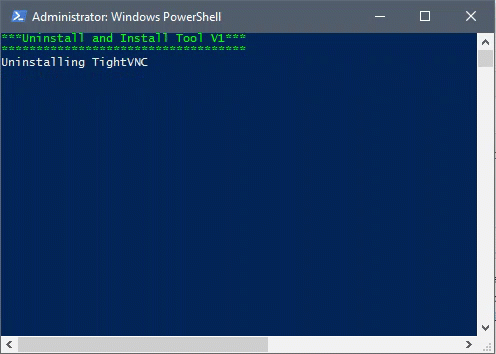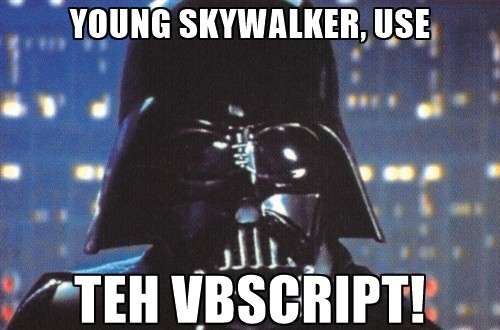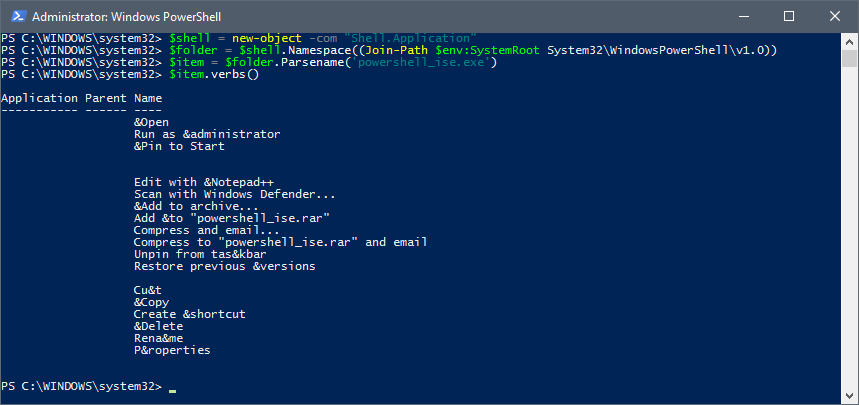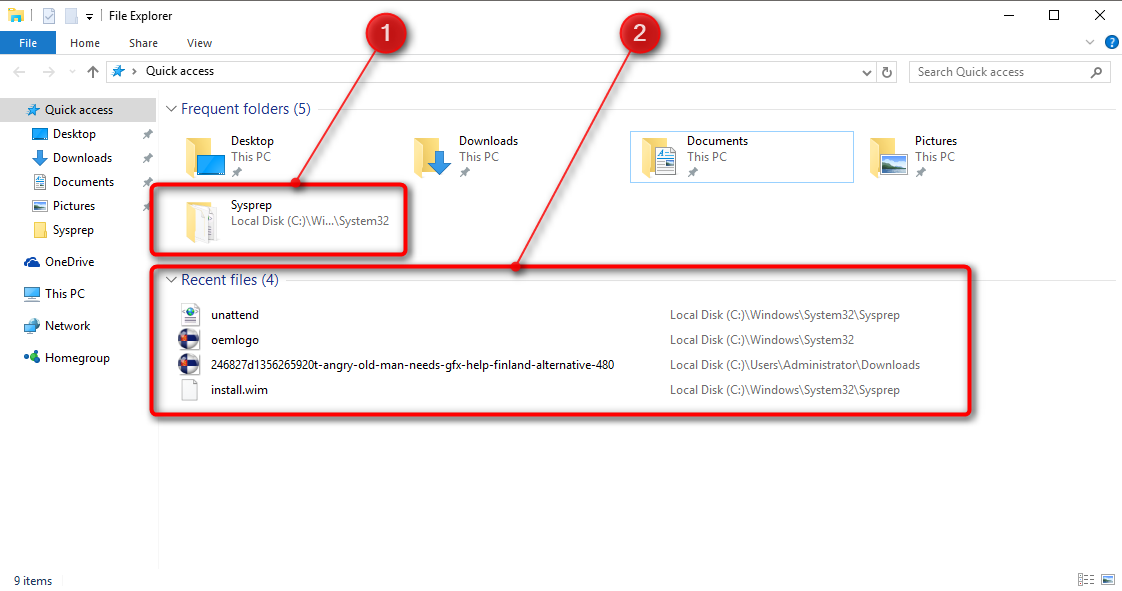For this example, we are going update our User Logon Script that you can find here and have it insert data into a SQL database.
First we will need to get our information that we will be inserting into the SQL Database:
$username = $env:USERNAME
$computername = $env:COMPUTERNAME
$ipv4 = Test-Connection -ComputerName (hostname) -Count 1 | foreach { $_.ipv4address }
$ipv6 = Test-Connection -ComputerName (hostname) -Count 1 | foreach { $_.ipv6address }
$computermodel = get-wmiobject win32_computersystem | foreach { $_.model }
$serial = get-wmiobject win32_bios | foreach { $_.serialnumber }
$action = 'Logon'
$timeformat='MM-dd-yyyy hh:mm:ss tt'
$time = (Get-Date).ToString($timeformat)
Now we will need to start connecting to our SQL Database. In the example we will be using the following SQL information:
SQL Server = SQL-Server-01
Database Name = Comp_Info
Table Name = LogonInfo
Columns = Date and Time,Username,Comptuter Name,IPv4 Address,IPv6 Address,Model,Serial,Action
Now we have to start the SQL database connection:
$connection = New-Object System.Data.SqlClient.SqlConnection
$connection.ConnectionString = "Data Source=SQL-Server-01;Initial Catalog=Comp_Info;Integrated Security=SSPI;"
$connection.Open()
Now we will prepare to insert the data:
$cmd = New-Object System.Data.SqlClient.SqlCommand
$cmd.connection = $connection
$cmd.CommandText = "INSERT INTO LogonInfo ([Date and Time],Username,[Comptuter Name],[IPv4 Address],[IPv6 Address],Model,Serial,Action)
VALUES('{0}','{1}','{2}','{3}','{4}','{5}','{6}','{7}')" -f
$time,$username,$computername,$ipv4,$ipv6,$computermodel,$serial,$action
$cmd.ExecuteNonQuery()
And finally we will execute the query and close the database connection:
$cmd.ExecuteNonQuery()
$connection.Close()
The entire script should look similar to this:
#Gets computer information
$username = $env:USERNAME
$computername = $env:COMPUTERNAME
$ipv4 = Test-Connection -ComputerName (hostname) -Count 1 | foreach { $_.ipv4address }
$ipv6 = Test-Connection -ComputerName (hostname) -Count 1 | foreach { $_.ipv6address }
$computermodel = get-wmiobject win32_computersystem | foreach { $_.model }
$serial = get-wmiobject win32_bios | foreach { $_.serialnumber }
$action = 'Logon'
$timeformat='MM-dd-yyyy hh:mm:ss tt'
$time = (Get-Date).ToString($timeformat)
#Connects to Database
$connection = New-Object System.Data.SqlClient.SqlConnection
$connection.ConnectionString = "Data Source=SQL-Server-01;Initial Catalog=Comp_Info;Integrated Security=SSPI;"
$connection.Open()
#Inserts information to the DB
$cmd = New-Object System.Data.SqlClient.SqlCommand
$cmd.connection = $connection
$cmd.CommandText = "INSERT INTO LogonInfo ([Date and Time],Username,[Comptuter Name],[IPv4 Address],[IPv6 Address],Model,Serial,Action)
VALUES('{0}','{1}','{2}','{3}','{4}','{5}','{6}','{7}')" -f
$time,$username,$computername,$ipv4,$ipv6,$computermodel,$serial,$action
$cmd.ExecuteNonQuery()
#Closes Connection
$connection.Close()




